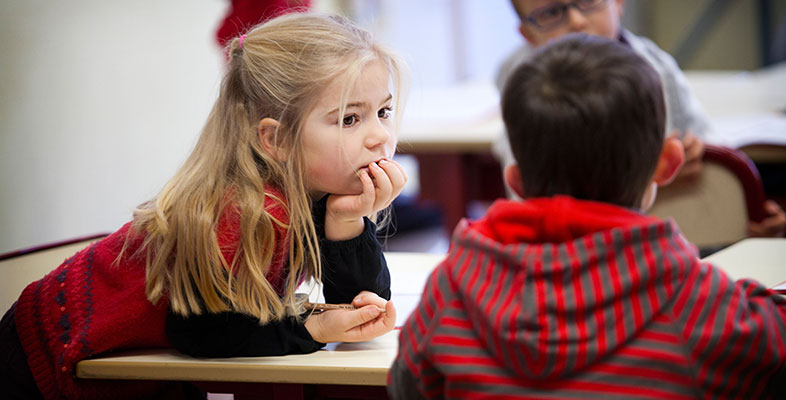1.1 Reflecting on your own experiences of primary education
What was the name of the primary school that you attended as a child? Does its name give any clues as to what the school was actually like? In the following activity we ask you to think in more detail about the characteristics and ‘feel’ of a primary school.
Activity 1 Characteristics of a primary school
Think about a setting for primary aged children that you are familiar with. This could be the school that you (or your children) attended some time ago, the setting where you currently work or volunteer, or perhaps the setting that your own children attend. In the box below, write a sentence in response to each of the following questions to form a brief ‘pen portrait’ of the school you have been thinking about.
- What is the school’s location?
- What are the buildings like?
- What type of school is it (e.g. infant, junior, primary, elementary, middle)?
- How many pupils are there?
- What is the range of backgrounds of the pupils?
- Does it feel like a happy place? If yes, why? If not, why not?
- How do the teachers or other staff seem (e.g. busy, cheerful, anxious, stressed)?
- How does the school interact with its surrounding community?
Discussion
In many countries around the world, primary education has been subjected to repeated changes in recent decades. Many of these changes have involved the introduction of national strategies and approaches that schools are required to follow. While this has led to greater homogeneity across schools within national education systems – in terms of teaching, assessment, the appearance of classrooms and the deployment of teaching assistants – this does not mean that primary schools are all the same. If you were to visit two schools of the same type, even within the same area and each with a similar intake of children, it is possible that you would experience two very different schools in terms of their ‘feel’. If you were to compare your own time at primary school to what goes on in primary schools today, it is likely that there would be significant differences.
